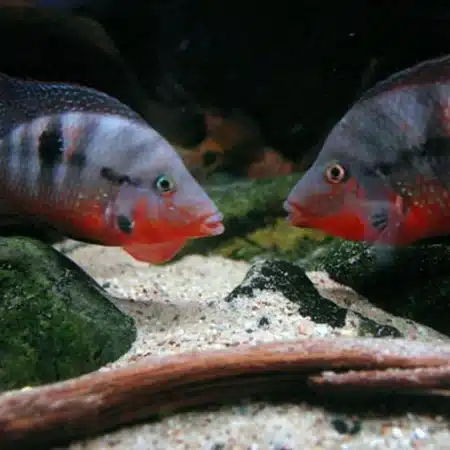To provide the best experiences, we use technologies like cookies to store and/or access device information. Consenting to these technologies will allow us to process data such as browsing behaviour or unique IDs on this site. Not consenting or withdrawing consent, may adversely affect certain features and functions.
The technical storage or access is strictly necessary for the legitimate purpose of enabling the use of a specific service explicitly requested by the subscriber or user, or for the sole purpose of carrying out the transmission of a communication over an electronic communications network.
The technical storage or access is necessary for the legitimate purpose of storing preferences that are not requested by the subscriber or user.
The technical storage or access that is used exclusively for statistical purposes.
The technical storage or access that is used exclusively for anonymous statistical purposes. Without a subpoena, voluntary compliance on the part of your Internet Service Provider, or additional records from a third party, information stored or retrieved for this purpose alone cannot usually be used to identify you.
The technical storage or access is required to create user profiles to send advertising, or to track the user on a website or across several websites for similar marketing purposes.
 Thorichthys Meeki - Firemouth Cichlid - South American Cichlid
1 × £3.87
Thorichthys Meeki - Firemouth Cichlid - South American Cichlid
1 × £3.87 












Emily Harper (verified owner) –
I recently added the Apistogramma Hongsloi «Red Stroke» to my 20-gallon tank, and I couldn’t be happier! These little dwarf cichlids are not only stunning with their vibrant colors, but they also have such a lively personality. After about two weeks of careful acclimation, my pair has settled in beautifully. Watching them explore their environment and interact with each other has been a joy. I made sure to provide plenty of hiding spots and plants, which they seem to love.
Compared to other dwarf cichlids I’ve kept, these Red Stroke Hongsloi are much more active and social. They frequently come out during feeding time and even engage in some playful chasing, which is both entertaining and a sign of their happy and healthy condition.
Of course, I prioritize aquarium maintenance, ensuring my water parameters are spot on, and I do regular water changes to keep them thriving. If you’re looking for a captivating fish that brings life to your tank, I highly recommend these. Just be sure to have a well-maintained setup and watch them flourish!
The only minor downside is that they can be a bit territorial during breeding, so keep that in mind if you’re adding them to a community tank. Overall, a fantastic addition to any aquarist’s collection!